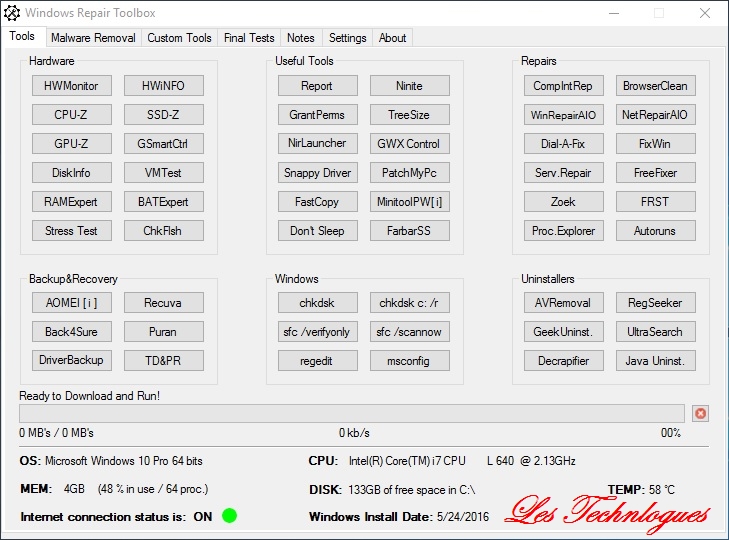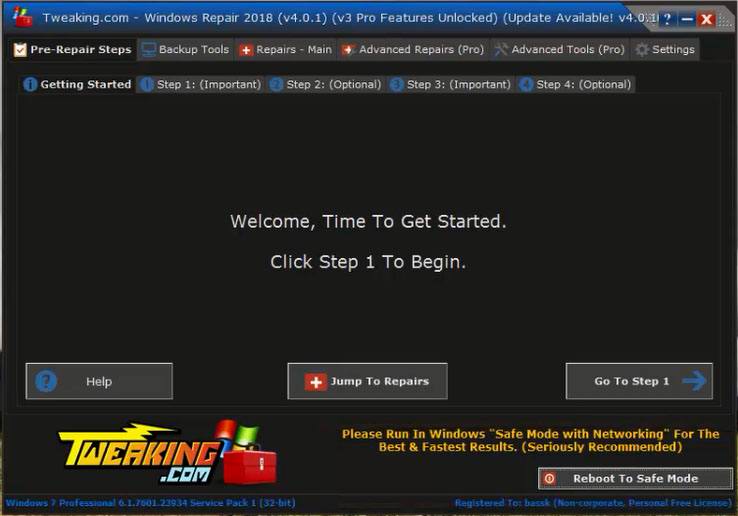
However, if the DISM repair passes at any point, reboot the system and then perform an SFC to confirm no further issues are found or need resolved.

If the second pass fails, it is time to move onto the next solution. If the repair was unsuccessful, this will be when I attempt a second pass. Once the DISM repair process has been found successful, or not, I will perform a reboot. In many cases one or two runs of this command will repair most issues I've found with Windows 8/8.1. To speed up the process, have the Image.WIM on a faster flash media or on local storage rather than disc media. The DISM scan can take a while, often times longer than an CHKDSK or SFC scan.


We will utilize DISMfor this next repair option. If CHKDSK and SFC fail to repair the issues with the system, then it this is your next option and besides restoring from a previous backup might be the second-to-last option before re-installing the operating system. This has since been advanced to more closely match Windows 10/Server 2016 repairs but with the below information I hope to guide you through performing these advanced tasks more easily! In all honesty, before Windows 10 implementation, this was arguably the easiest OS to repair for a couple of years by running more basic commands. Further improving on previously deployed OS repair methods, Windows 8, 8.1, Server 20 R2 further allowed advanced repair where an in-place upgrade or total re-install would be required on previous operating systems.


 0 kommentar(er)
0 kommentar(er)
